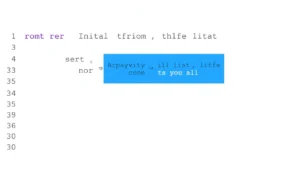Probability Problem 1
- Rahul Anand
- Aug 1, 2023
- 1 min read
Problem
Let's consider data collected over multiple days, revealing the prevalence of defects in cars. The findings indicate that 20% of the cars exhibit defect 1, 25% have defect 2, and 30% possess defect 3. Additionally, 5% of the cars have both defects 1 and 2, 7.5% exhibit both defects 2 and 3, and 6% showcase both defects 1 and 3. Notably, a minority of 1.5% are affected by all three defects simultaneously.
Let's compute the probabilities for the following events concerning a randomly selected car:
The probability that defect 1 did not occur.
The probability that at least one defect occurs.
The probability that no defect occurs.
The probability that defects 1 and 3 occur, but defect 2 does not.




















































Comments